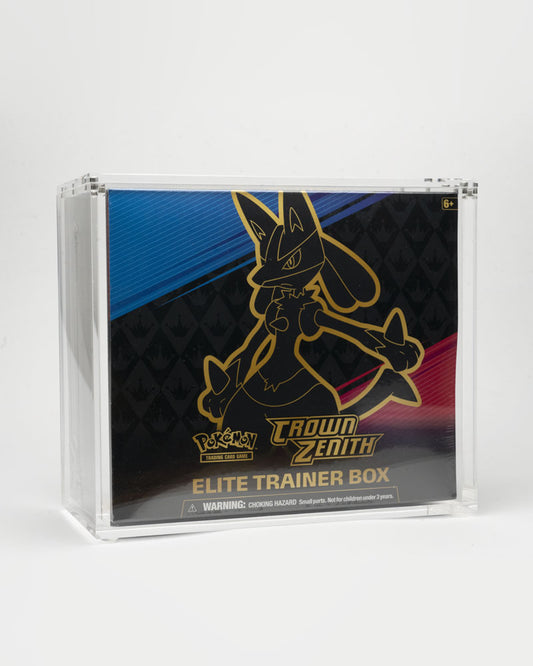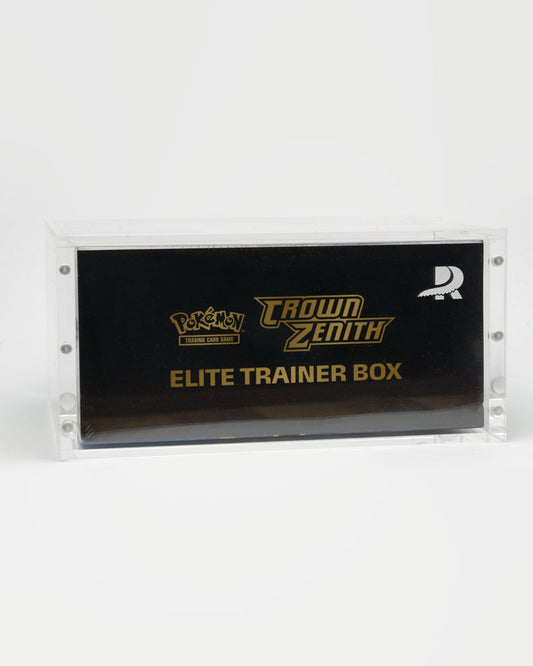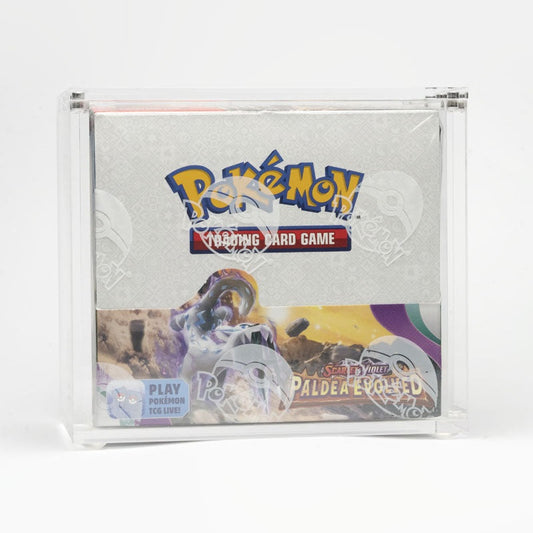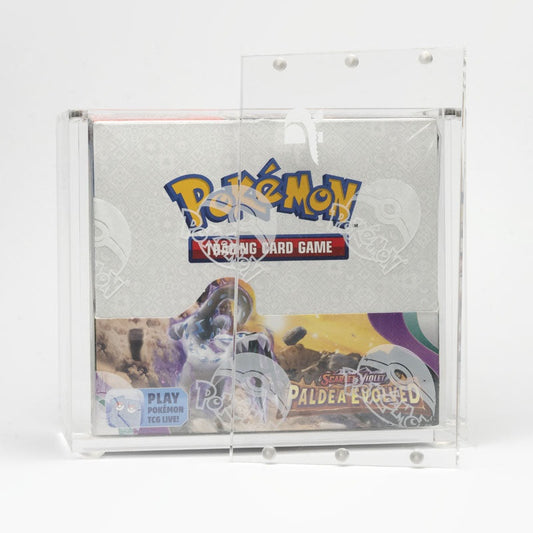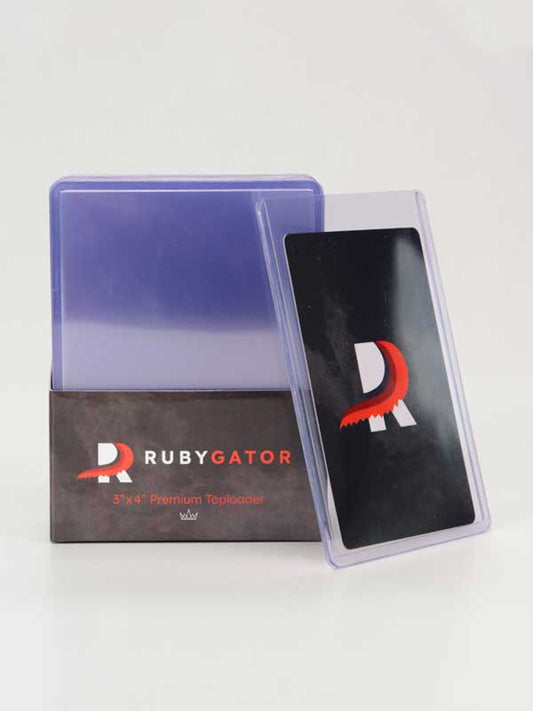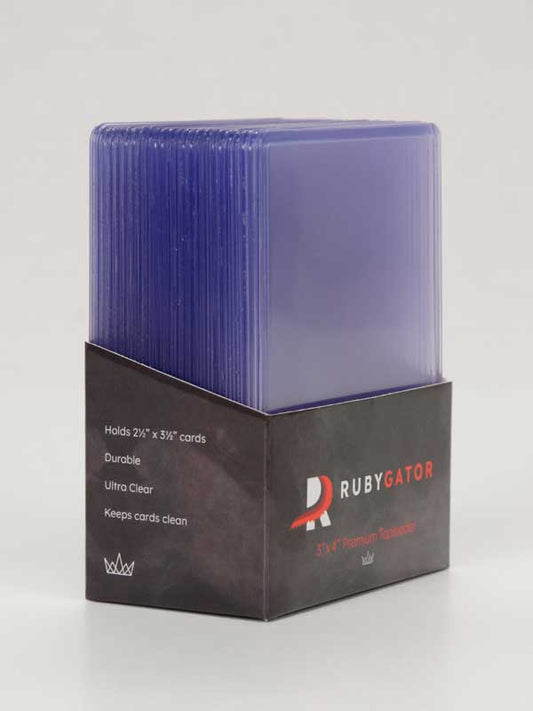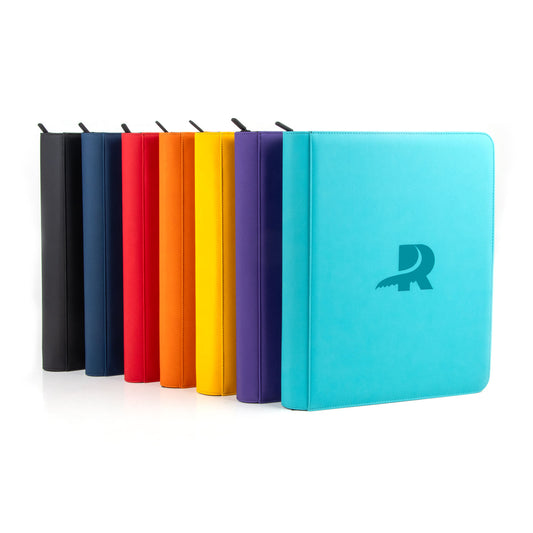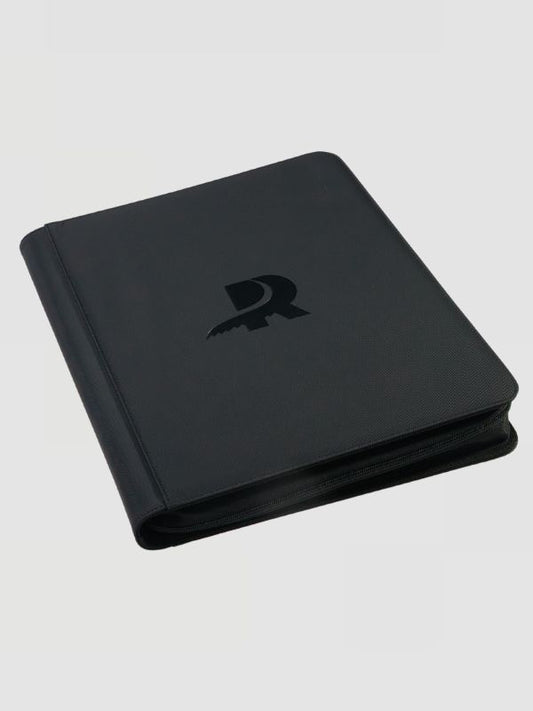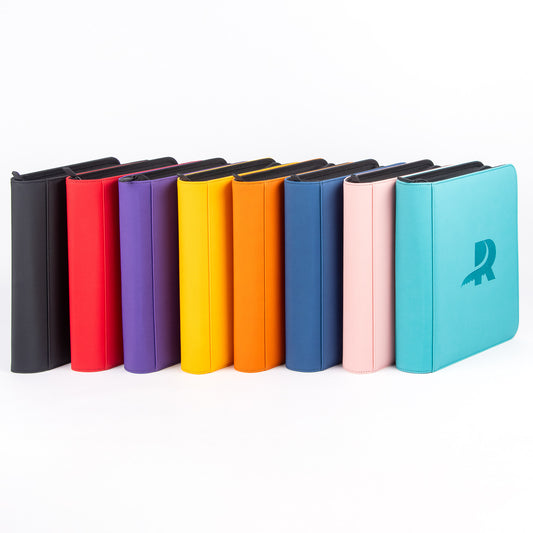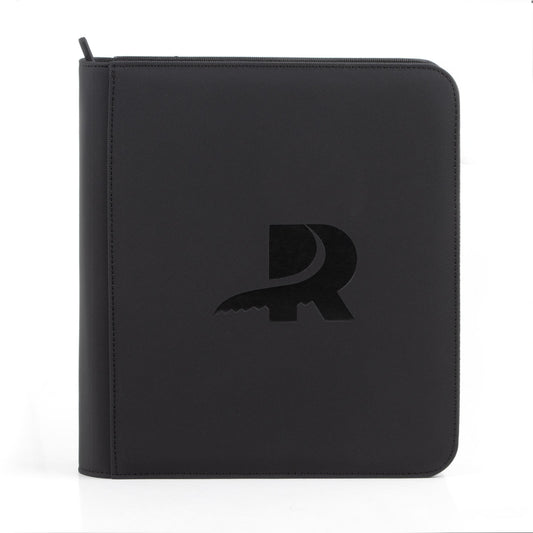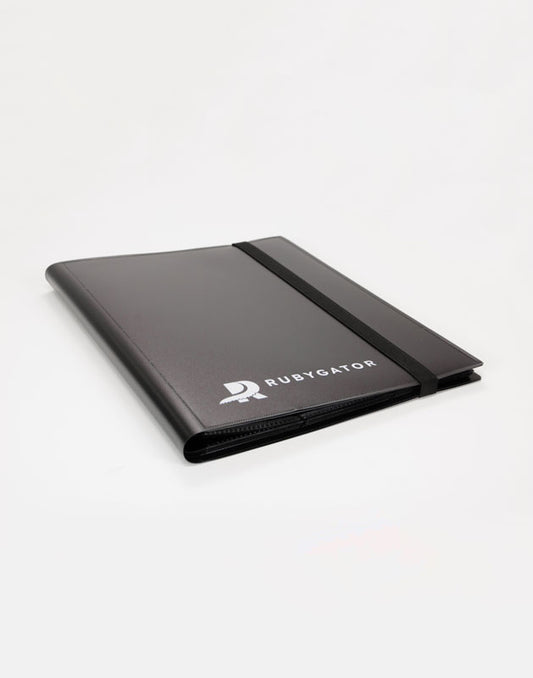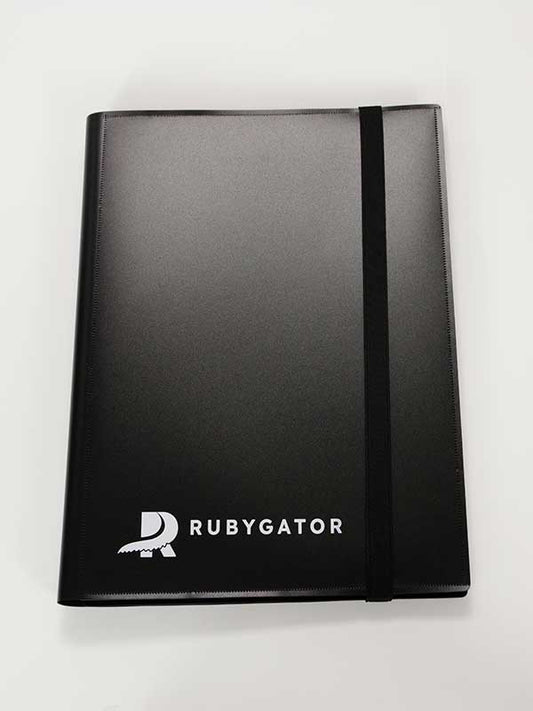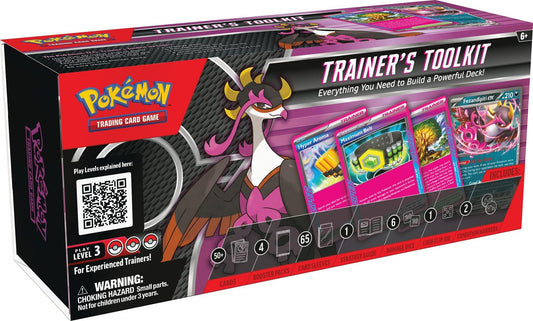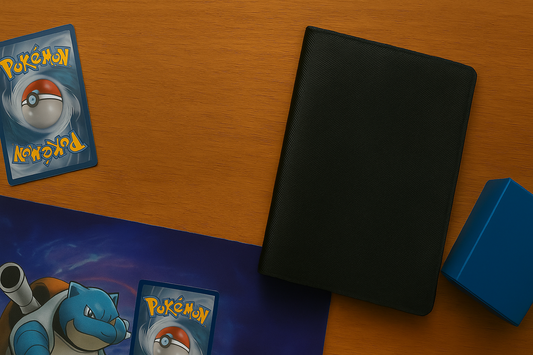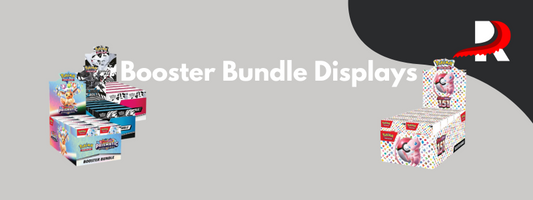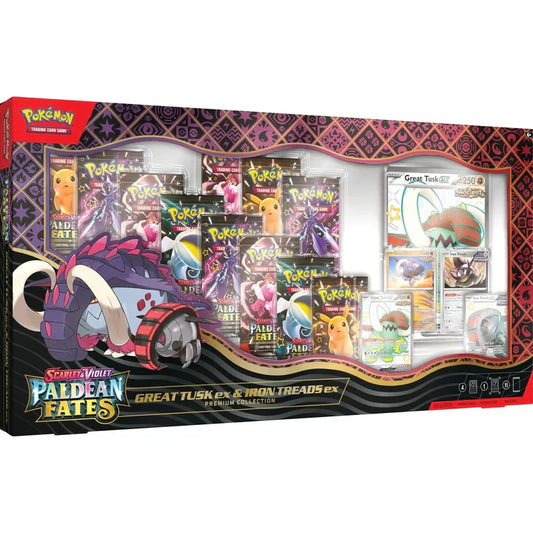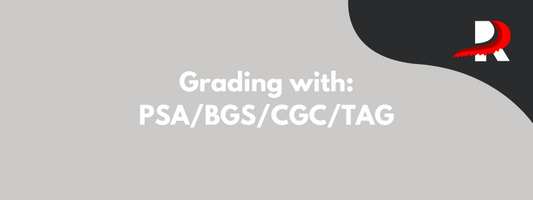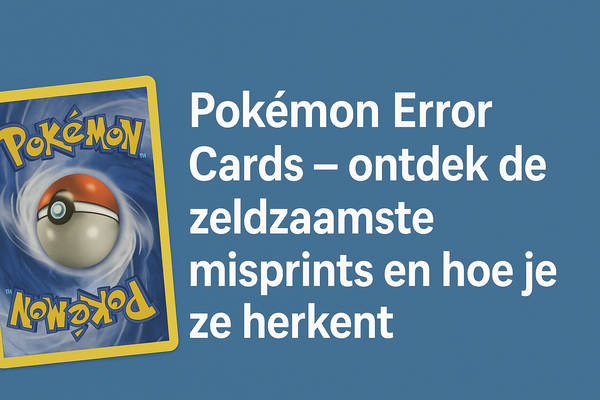
Pokémon Error Cards — what they are, why they happen & how collectors spot them
Pokémon Error Cards — what they are, why they happen & how collectors spot them
Pokémon Error Cards are a fascinating niche in the TCG world: manufacturing mistakes that became prized collector’s items. This guide explains the most common types of error cards, why some fetch high prices, and how to tell a real error from a fake.
What are Pokémon Error cards?
An error card (or misprint) is a trading card that was produced incorrectly during the printing or manufacturing process. Errors range from minor ink smudges to major design issues that change the card’s appearance or text.
Common examples of error cards
- No Stage Blastoise (Base Set) — the “Stage” text is missing.
- Ninetales with 0 Energy — incorrect energy cost printed.
- Ink smear / ink spots — dark streaks or blotches across the illustration or text.
- Misaligned holofoil — the holographic layer is off-center or placed incorrectly.
Some error variants are so rare they only surface a handful of times, which is why collectors chase them.
Why error cards can be worth so much
The market value of an error card depends mainly on three factors:
- Rarity — the fewer copies that exist, the more valuable the card tends to be.
- Fame of the error — certain famous misprints (e.g. No Stage Blastoise) are highly sought after.
- Condition & grading — a graded error card in mint condition often commands a premium.
Graded error cards (PSA/BGS/CGC) in high grades have sold for thousands of dollars in auctions, driven by scarcity and collector demand.
How to tell a real error card from a fake
Because error cards are valuable, counterfeit or artificially altered cards sometimes appear on the market. To protect yourself, check for the following:
- Original print quality — genuine printing errors typically show the same paper, ink texture and printing characteristics as normal cards from the same set.
- Community and database verification — research the error in PSA databases, collector forums and auction histories to confirm if the variant is known.
- Professional grading — PSA, BGS or CGC graders authenticate many high-value errors; a graded error adds credibility.
- Beware of “too neat” errors — neat, uniform or perfectly centered “errors” can be signs of aftermarket alteration.
Types of error cards
| Type | Description | Example |
|---|---|---|
| Printing error | Incorrect text, numbers, or elements printed | “Ninetales 0 Energy” |
| Color / ink error | Wrong ink colors, ink smears or missing colors | Mis-coloured artwork or text |
| Cut / trim error | Card miscut, double-printed borders or off-center edges | Double border or extreme off-center card |
| Holo misprint | Holographic layer applied incorrectly or in the wrong area | Holo effect covering the whole card or in odd locations |
| Back/front mismatch | Back of card does not match the front (very rare) | Front from one set, back from another |
Collectors often place extra value on unusual combinations (for example: an off-center holo combined with a printing text error).
Collecting and selling error cards — practical tips
If you want to collect or sell error cards, follow these best practices:
- Track auction results — follow eBay, PWCC and auction houses to understand price trends.
- Protect the cards — always use sleeves, top-loaders and storage boxes to preserve condition.
- Get rare pieces graded — grading increases trust and can significantly raise resale value.
- Use reputable marketplaces — sell via trusted platforms such as Cardmarket or well-known auction houses.
Conclusion — the lucky accidents of the TCG world
Pokémon Error cards show how a tiny manufacturing mistake can become a prized collectible. Whether you collect for nostalgia, detail or investment, error cards are a unique corner of Pokémon history worth exploring.
Pro tip: new error cards are sometimes only discovered after a set is released. Keep an eye on collector forums and auction sites — the next rare misprint might be hiding in an ordinary booster pack.
